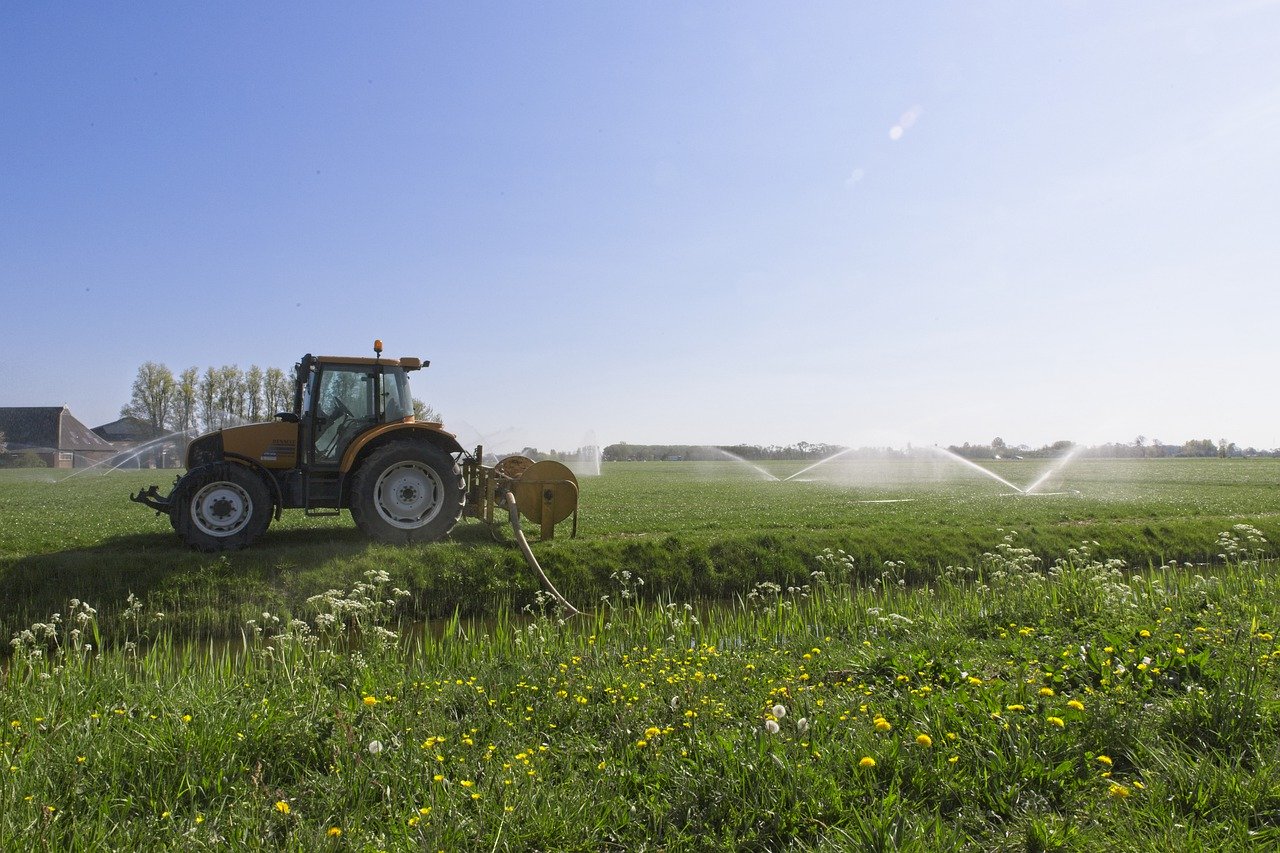With the global population on the increase, and more evidence that the environment is suffering, there have been a number of changes taking place in governments all over the world. As well as trying to reduce pollution, rising temperatures have seen more demand on water supplies that has to be managed to ensure there is always fresh water available.
Over the past few years, more countries have had to impose water restrictions and spend more money on their infrastructure to ensure no water is lost. For some businesses such as golf courses, this has posed a challenge and one that has had to be addressed using innovative ideas.
How much water does a golf course use, and where does it come from?
Where Is The Water Used?
When you ask people who they think would use the most water, many of them would probably say agriculture and farming. Along with farming, golf courses use roughly as much water, or at least they used to. Many countries have now imposed water restrictions on all of the businesses and farms that use water and limited the amount they can use in a year.
Golf courses have a two-fold use for water. The first and greatest use is on the maintained turfgrass. This includes areas such as greens, tees, fairways, and rough areas. In 2012 in the US, it was estimated that there were 1,504,200 acres of maintained turfgrass. Along with this, roughly 80 percent of that area would be irrigated, meaning it would need water.
Along with this, they will often have other facilities such as clubhouses, conference facilities, and other areas that may also need to use water. The restrictions placed on golf courses has meant that they have had to implement strategies to monitor and save water where possible.
Cost And Amount of Water Used
Water is one of the biggest costs to golf courses, and this is another reason why many have tried to save as much water as possible. Depending on the location of the golf course and the climate, an 18-hole course can use on average 2.08 billion gallons of water per day. Depending on the amount of water needed, a typical golf course can spend between $7,000 and $108,000 per year.
However, many courses use various methods to water their turfgrass spaces to help limit their need to use water from the municipal water systems.
Types of Water Used
To help maintain the turfgrass, courses use a number of different sources for their water needs. These include:
Ponds and Lakes
Around 52 percent of golf courses use water from ponds and lakes to help irrigate their land. However, this can depend on a number of factors. For example, the number of available lakes and ponds near the courses, whether they run dry in the summer months, and if the local municipal network also draws water from these areas.
On-Site Water Wells
On average, 46 percent of golf courses use on-site water wells. These are natural water sources that sit deep in the ground. A shaft is dug down to the water source, and then the water is extracted for irrigation. As with ground-level water, the levels can fluctuate through the year and can also be used by municipal water companies as well.
Rivers and Streams
A small percentage of courses use local rivers or streams to irrigate their land. However, there are not many courses that are placed near a suitable source. There is also the factor of local wildlife that can prohibit too much water from used.
Recycled Water
Surprisingly, only about 12 percent of golf courses in the US use recycled water. The main reason for this seems to be that there is a lack of sources for recycled water. There is an argument that rainwater can be collected from other areas of the course such as the rooftops of the buildings, and this can then be stored and used at other times.
How Can Golf Courses Save Water?
Water conservation is always high on the agenda for golf courses, and there has been a lot of research on how they can effectively use less water. Here are a few of the ways that courses try to use less water.
Grass
One of the ways that golf courses can save water is to reduce the need for it in the first place. In the past, courses used Bermuda grasses as these were fast-growing and tough. However, research has been going on into alternatives that not only need less water but can also handle more salt. Poor quality water often has a higher salt content, which can be bad for the grasses. By increasing their tolerance, water from more sources can be used.
Grass Alternatives
Many courses will have a lot of open grass areas that are not strictly part of the course. This grass also needs irrigation, but that increases the demand for water. To counteract this, some courses have removed the areas of grass that are not needed and replaced it with cacti can desert-loving plants. These need little irrigation, and they are also a good contrast to the green fairways and greens.
Wetting Agents
Wetting agents are used by many courses to help the irrigation process. The agent is sent along the pipes with the water to lower the surface tension. This allows the water to pass easily through the soil and spread further.
Soil Moisture Sensors
Sensors are placed in the soil to measure how much moisture is present. This can greatly help with management of the course as only the areas that need water can be irrigated.
Conclusion
Golf is one of the most popular outdoor sports for professional and amateur players. This means golf courses will always need to be at the top of their game to ensure that their clubs are ready to meet the demands of players and water conservation.
Head here for our range of golf course irrigation systems.


